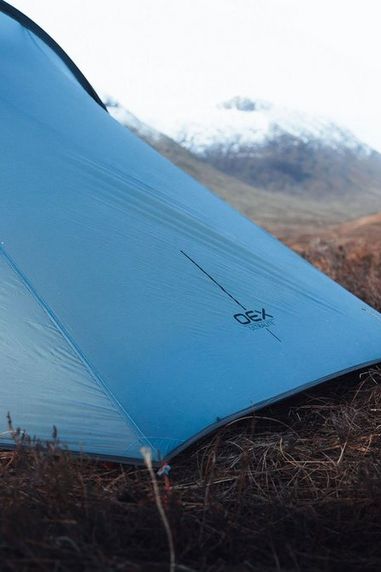
An Introduction to Using a Compass
Navigation is an essential part of outdoor adventure. Here at Life Outdoors we've created a new navigation series to help you stay on the right path however you like to explore. Part One - The Compass.
What are the Features of a Compass?
A compass is an instrument that shows the cardinal points, north, south, east and west. By adding a magnetised free turning needle creates a magnetic compass.

Magnetic Needle - a ‘floating’ needle that has been magnetised and points towards magnetic north.
Orientating Lines - you will use these to line up your compass on your map.
Baseplate - a plastic mounting of the compass with a ruler/scale for measuring distances.
Magnifier - this allows you to look more closely at points on the map.
Direction of Travel Arrow - when you have set your compass, this is the arrow to follow.
Index Pointer - acts as an extension of the direction of travel arrow. It marks the bearing you set by rotating the compass housing.
Bezel/Compass Housing - this rotates around to allow you to take bearings. It marks the compass direction/heading also known as the Azimuth angle.
Declination Marks - magnetic needles point to magnetic north. If you want to get a true north reading you need to adjust for this magnetic variation.
Take Care Around Metal Objects
Compasses react to the magnetic field of the earth, but they are also susceptible to metal objects. It is a good idea to keep all compasses away from metal objects and electromagnetic fields. This includes overhead power lines, electric motors and anything remote control.
Taking a Bearing
There is a simple three step approach to taking a bearing. Before you start you need to know where you are and where you are going.
Step 1 - Place the compass on the map and line up the either edge of the base plate so that it is touching both your starting point and finishing point. Make sure the direction of travel arrow is pointing in the direction that you wish to travel in.

Step 2 - Hold the base plate in position and rotate the compass housing until the orientating arrow is pointing to north on the map. The lines inside the housing should be parallel with the grid lines on the map. Double check that the direction of travel arrow is still point to the north of the map. Read the bearing on the rim of the housing - this shows your grid bearing.

Step 3 - Hold the compass out in front of you with the directional arrow pointing ahead. Rotate your whole body so that the compass needle settles over the top of the red north orienting arrow. The directional arrow now points in the direction you need to go.

Expert Tip
Once you know your direction, try and locate a landmark directly ahead to walk towards. Once you get there, check the compass and repeat. A landmark could be a house or a gap in a wall; something that is small and won’t take you off track.
Join the conversation and share your map reading tips below or on our Facebook, Twitter or Instagram pages now.





